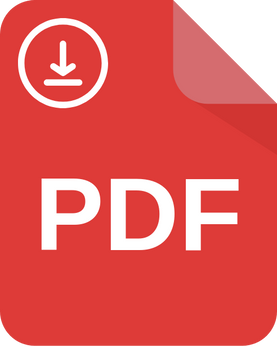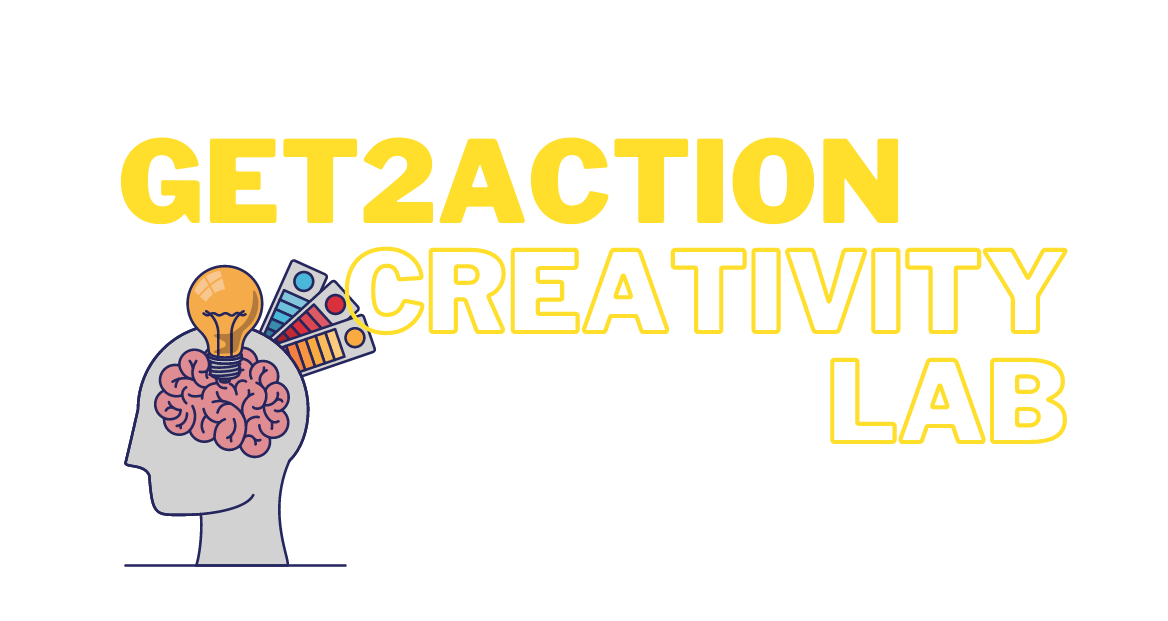
GET2ACTION CREATIVITY LAB
ABOUT GET2ACTION CREATIVITY LAB
GET2ACTION Creativity Lab aims to build a collaborative learning environment addressed to museum workers, youth workers and young people, integrating an interactive map, the developed training programme (methodology and exercises) as well as collected local resources addressed to young people to foster and encourage their civic and cultural participation (working towards and introducing new forms of entertainment and leisure). The platform is based on the concept that one of the most effective means of developing skills and competences is through discussion and exchange with other learners around particular topics, that is Lab-based learning. Lab-based learning promotes active learning, effective decision making through critical thinking, and when working in small groups can further develop students' cooperative skills. Thus, it's the perfect learning environment to develop creativity and civic participation skills and competences. The Creativity Lab is focused on learners/trainees needs and expectations. The main tool is the collaboration to create, manage and share knowledge, improving the learning process and adapting it (learning process) to the needs and goals of the learner.
This methodological background also allows the collaboration of different roles (learners - facilitators-experts professionals) who can enrich the learning process. GET2ACTION Creativity Lab contains different tools to promote this collaborative learning and includes basic content that is updated and adapted by the users. Instruments for networking and online collaboration, access to a wider type of contents, links to other similar initiatives, and rooms for innovation is the base of the platform. The platform is built through a co-design process, including potential stakeholders and users in the project, and developed through agile, pattern-based, design processes. Such processes can link research and practice and allow agile development processes to match technical functionality to need and to (future) social practices. In particular, the ideas of the various stakeholders are amalgamated into learning scenarios describing the contextual need of users ("initial situation"), the interpretation of the situation through a theoretical lens ("learning challenges"), design options and ideas ("proposed solutions") and an anchor for evaluation ("evidence"). Through agile development designs are developed iteratively and tested with all partners, stakeholders and potential end users. The Lab development will bring together expertise, knowledge and best practices, promote collaborations between the target group and create a social network for exchanging ideas. This output is highly innovative in both form and content. The use of digital training and especially peer-to-peer learning through the platform is also a significant innovation, since through it, the youth and museum learners can learn from each other’s real life experiences. When the programme (R1) and the Lab (R2) are combined, the project training model is one of the most replicable and scalable initiatives. Together they solve multiple complex issues for the training of the target groups revolving around the relevance, cost and accessibility training, without compromising on the quality of the pedagogic strategy. In addition, we foresee that youth and museum workers from across Europe, are able to use the platform. As with IO1, we support this by: - making the platform user-friendly and avoiding any complicated terms for those who have English as a second language; - making the developed learning contents/OERs a strong feature in our promotional and dissemination campaigns.
This intellectual output is co-led by SEAL and NEU, with SEAL coordinating and developing the open platform including its implementation, and NEU coordinating the development of the contents and the handbook of the platform. All partners collaborate in the creation of the platform, especially in the development of contents, translations, and networks in order to ensure linguistic availability and involve experts and users in testing activities. T1. Definition of conceptual and technical design, coordinator: SEAL (M12) Outlining the function and form of the platform. It includes the design of interactions, experiences, processes, and strategies. It involves an understanding of people's needs - and how to meet them with products, services, and processes. Common artifacts of conceptual design are concept sketches and models. T2. Partners' feedback, coordinator: SEAL (M13) Partners tested and evaluated the first design and specification and their feedback improved this version of the open collaborative platform. T3. GET2ACTION Creativity Lab: content transfer and lab development, coordinador: SEAL in collaboration with NEU (M14-18) The contents of the platform is be based on the programme developed in R1. However, NEU incorporates best practices in online learning so that while the learning objective remains the same (or similar) the user interface and experience can be radically different as befits the medium. The most technical phase of the result, the learning environment is be created and files are be uploaded. All the partners will collaborate collecting OERs and local resources on cultural activities addressed for young people that will support and facilitate the learning process in the Lab. The development will include: - Appealing design, - User experience, - Quality Of content, - Data capacity and access to user analytics. This activity also involves the development of the online components of the platform and its supportive tools, such as links to social media and users’ collaborative tools. The online platform will be created using open source online tools with state of the art/latest trends in technology. SEAL as Leader of IO2, with the support of CIP and the rest project partners, will define the platform ’s functional requirements, taking into account the target-audience learning characteristics (preferences, limitations, etc.) and good practices in eLab design and development. T4. Experts and partners' testing, coordinator: CIP (M19-20) Project partners and experts (each partner will involve at least 5 experts) will test and evaluate the first development of the platform and its contents. Their feedback and conclusions will improve the first development. T5. Pilot experience, coordinator: Konya Metropolitan Municipality (M21-22) Pilot experience is aimed to test the final platform among final users. Partners will agree on a methodology to develop this activity. Each partner will involve (at least) 25 final users. Partners will elaborate a report on conclusions. Final development of the Lab and the Handbook, coordinador: SEAL in collaboration with NEU Considering conclusions of the pilot testing and validation activities, partners will agree on the changes in the Creativity Lab. In addition, partners will develop a Handbook that will introduce how the learning process occurs in the Creativity Lab and how the users (learners and trainers) could take advantage of this collaborative learning tool. Besides the users' guide, both learners and trainers can find some recommendations about how to learn and how to train using the platform.
TOOLS
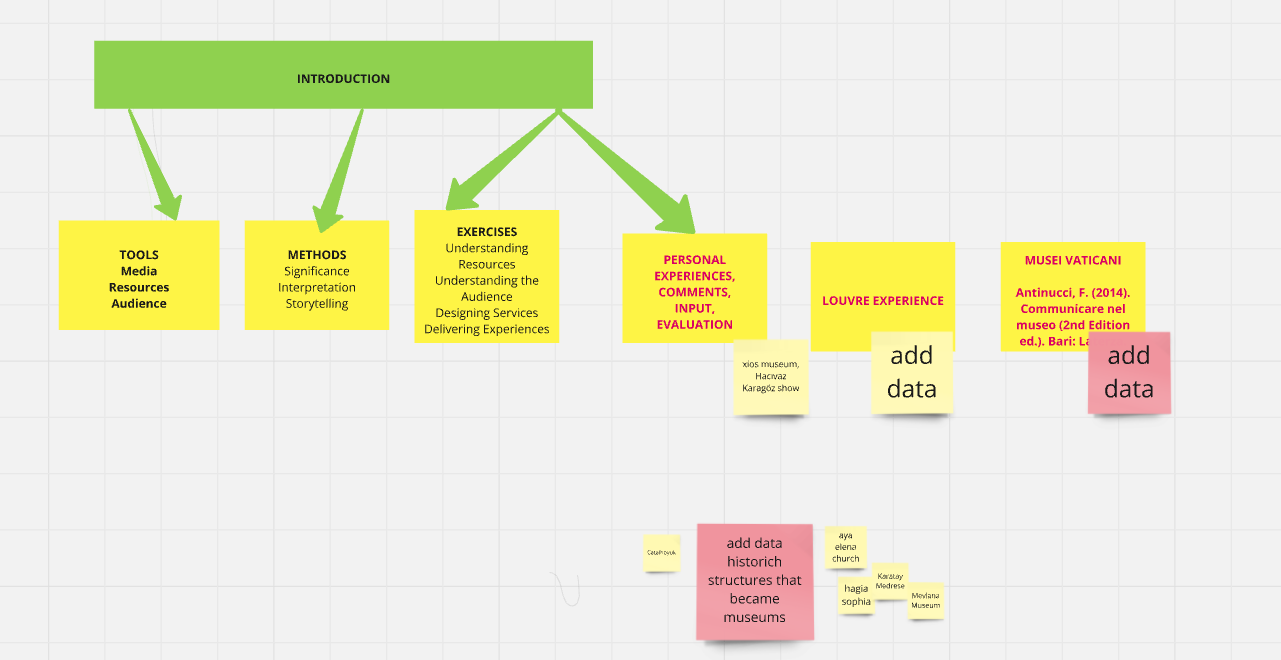
The tools include a multimodal digital set of the knowledge of the resources, of the audience, of heritage resources and personal experiences, so as to create the enabling environment to convey the message through storytelling and include reflective thinking into the audience's leisure time.
EXERCISES
The Exercises are not a static block of Q&A but aim to effectively train young people to convey the value of heritage and relate these values to his everyday life and experiences, and include the audience into direct contact with heritage through memorable experiences.

PERSONAL EXPERIENCES
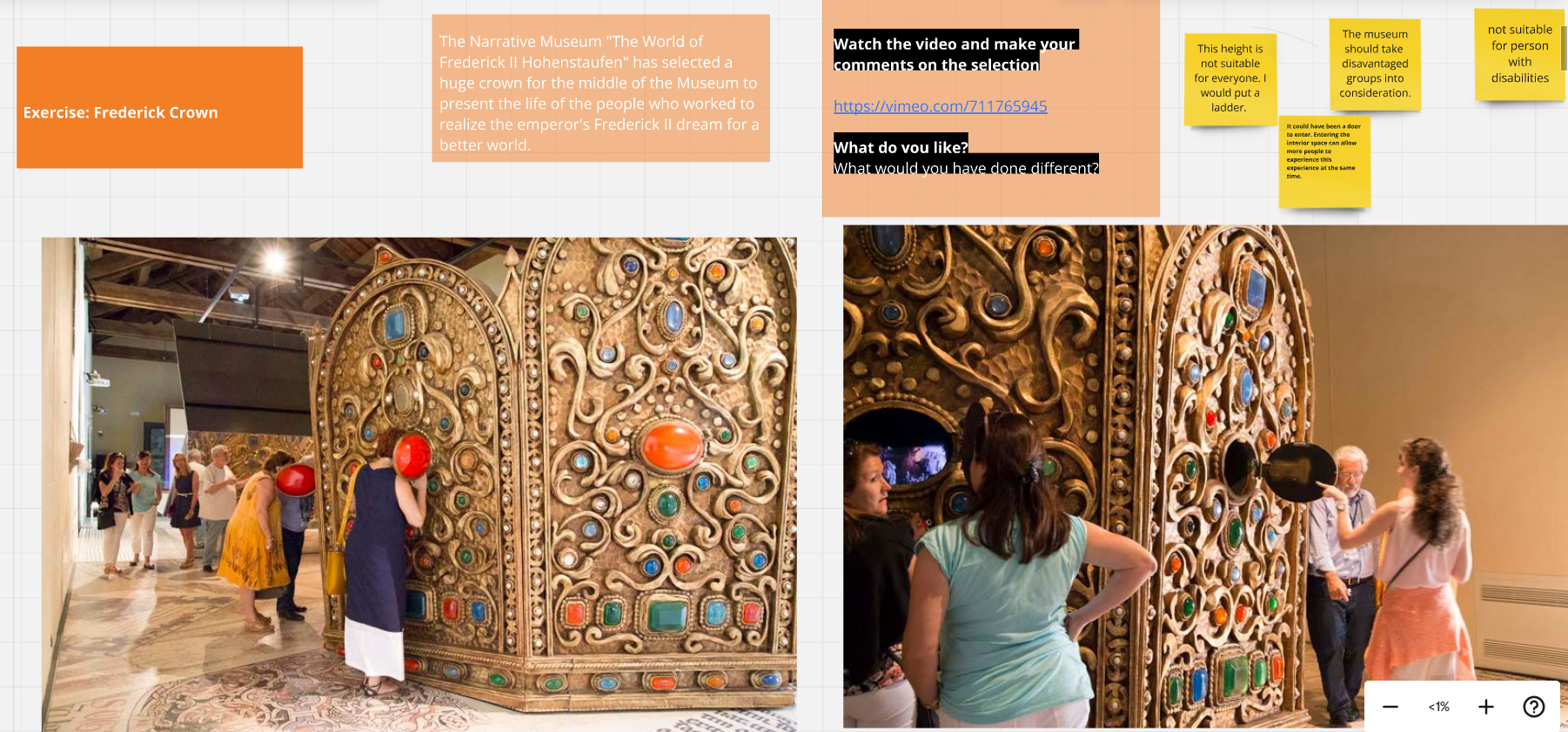
Young people need to find a platform for their voices in the cultural domain. With the CREATIVITY LAB they can share their personal experiences with their peers and learn from the experiences of others. In this way, personal experiences mutate and metamorphose into new and exciting knowledge, opening the doors of creativity and innovation.
Get2Action Creativity Lab Open Meeting:
The meeting was held on the 24th of May to introduce the Get2Action Creativity Lab Platform and inform the users about the Miro board.
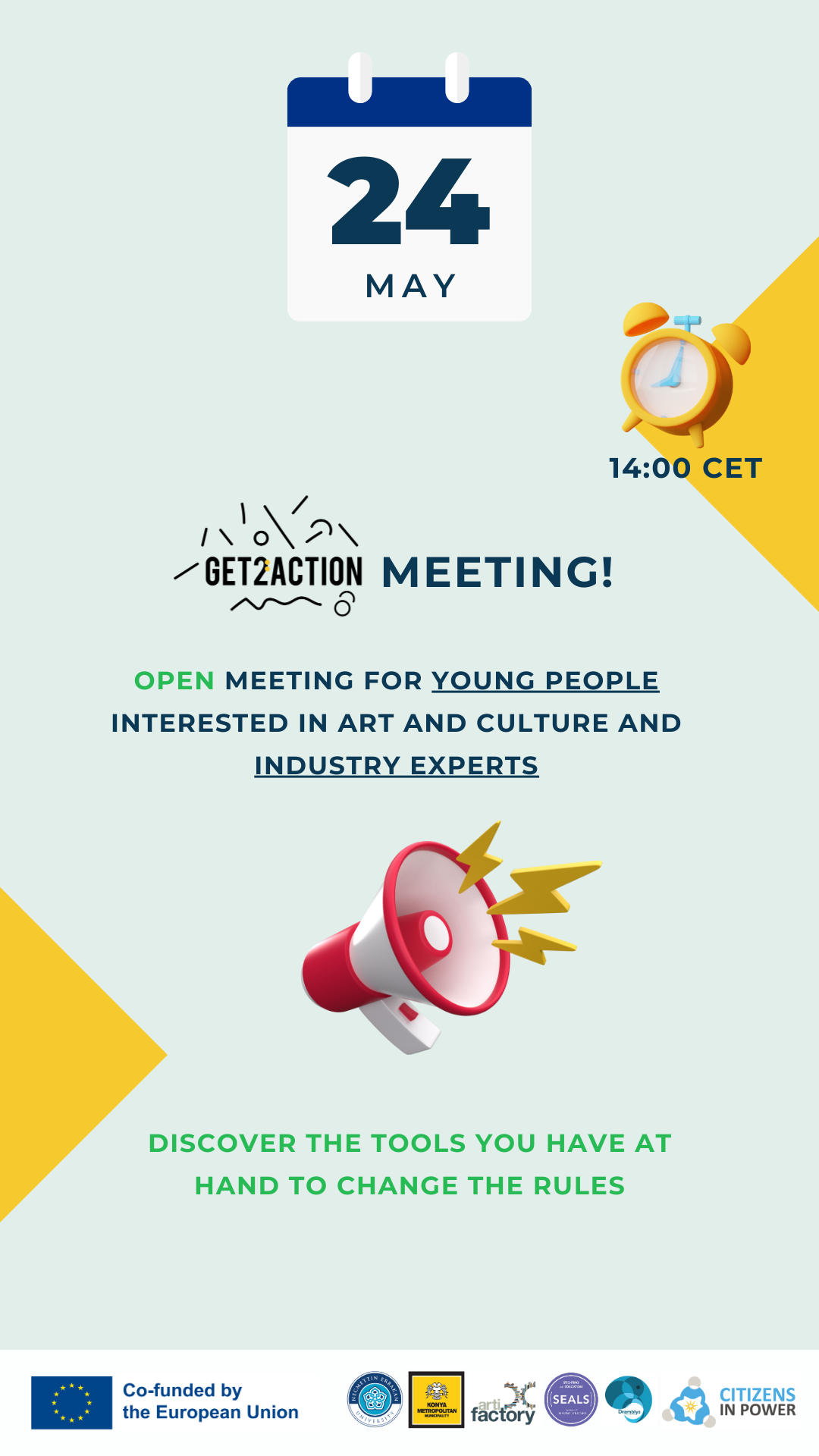
The Meeting Record:
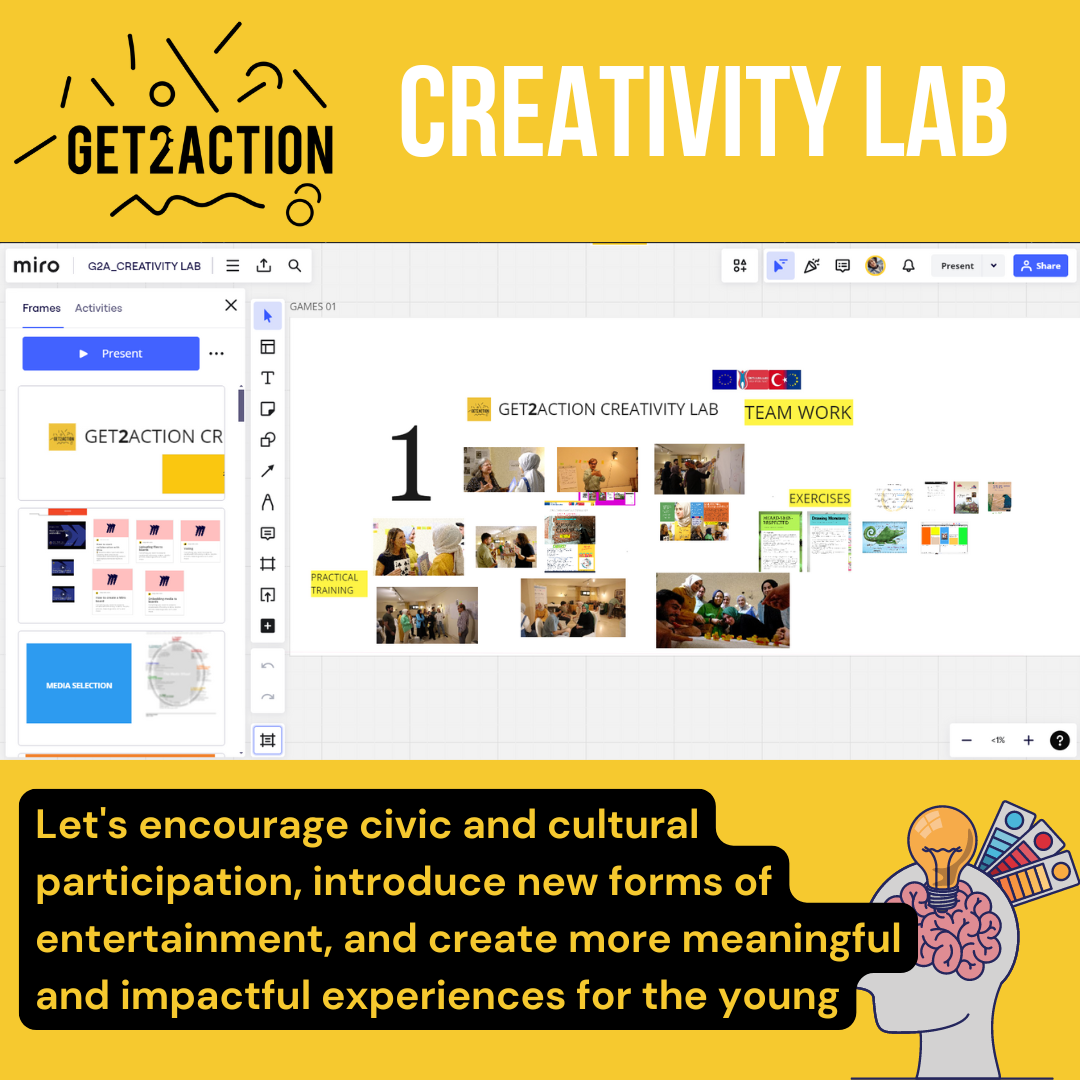
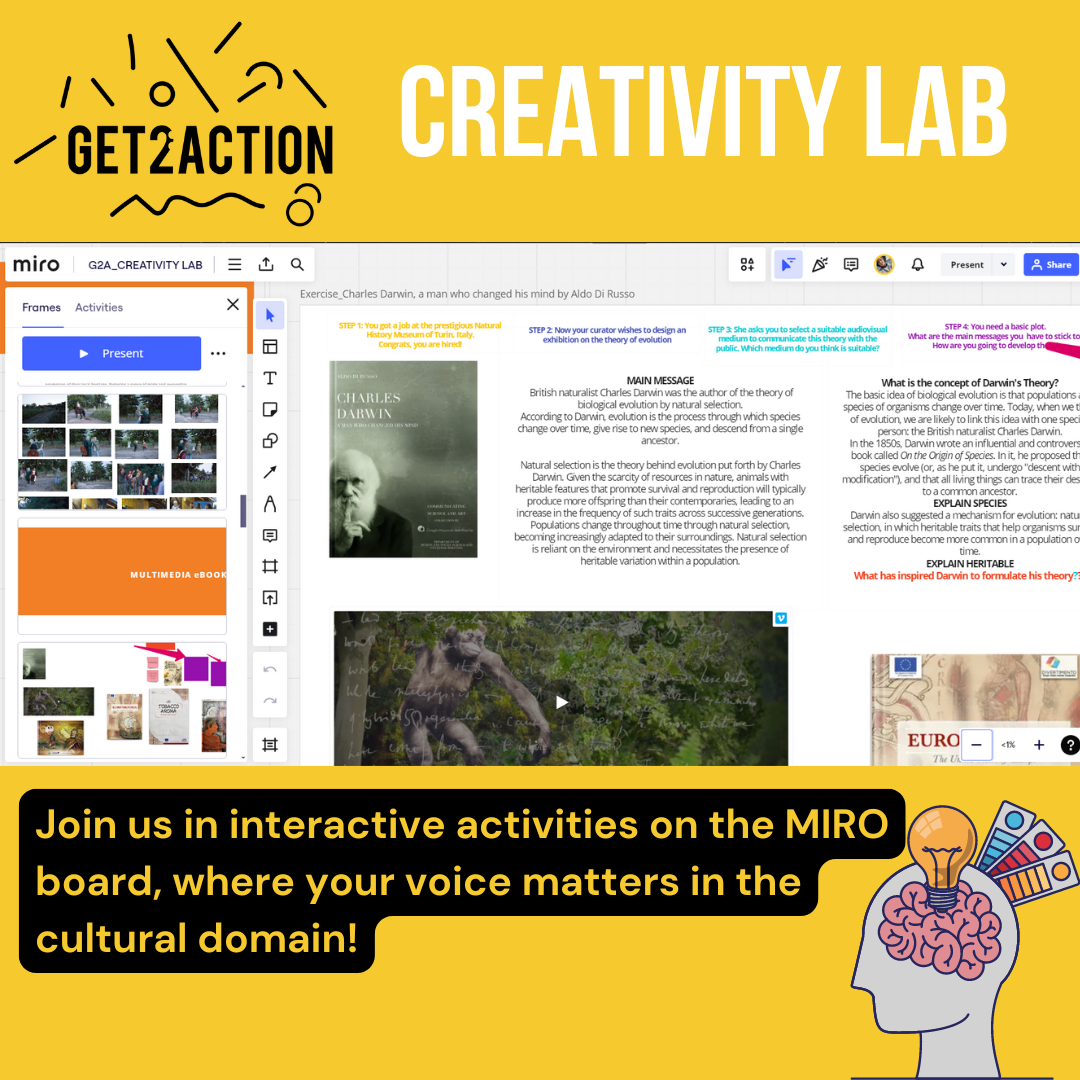
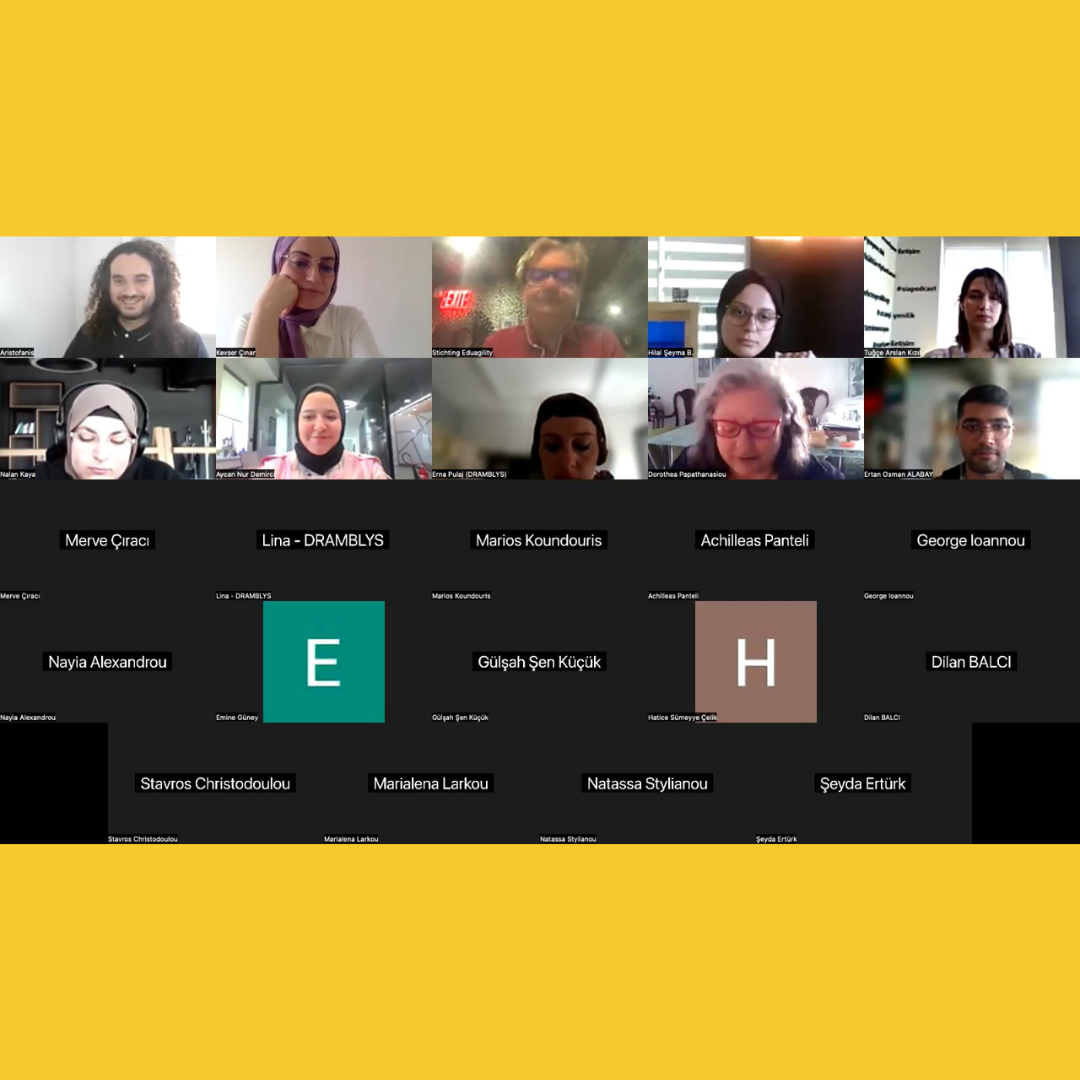
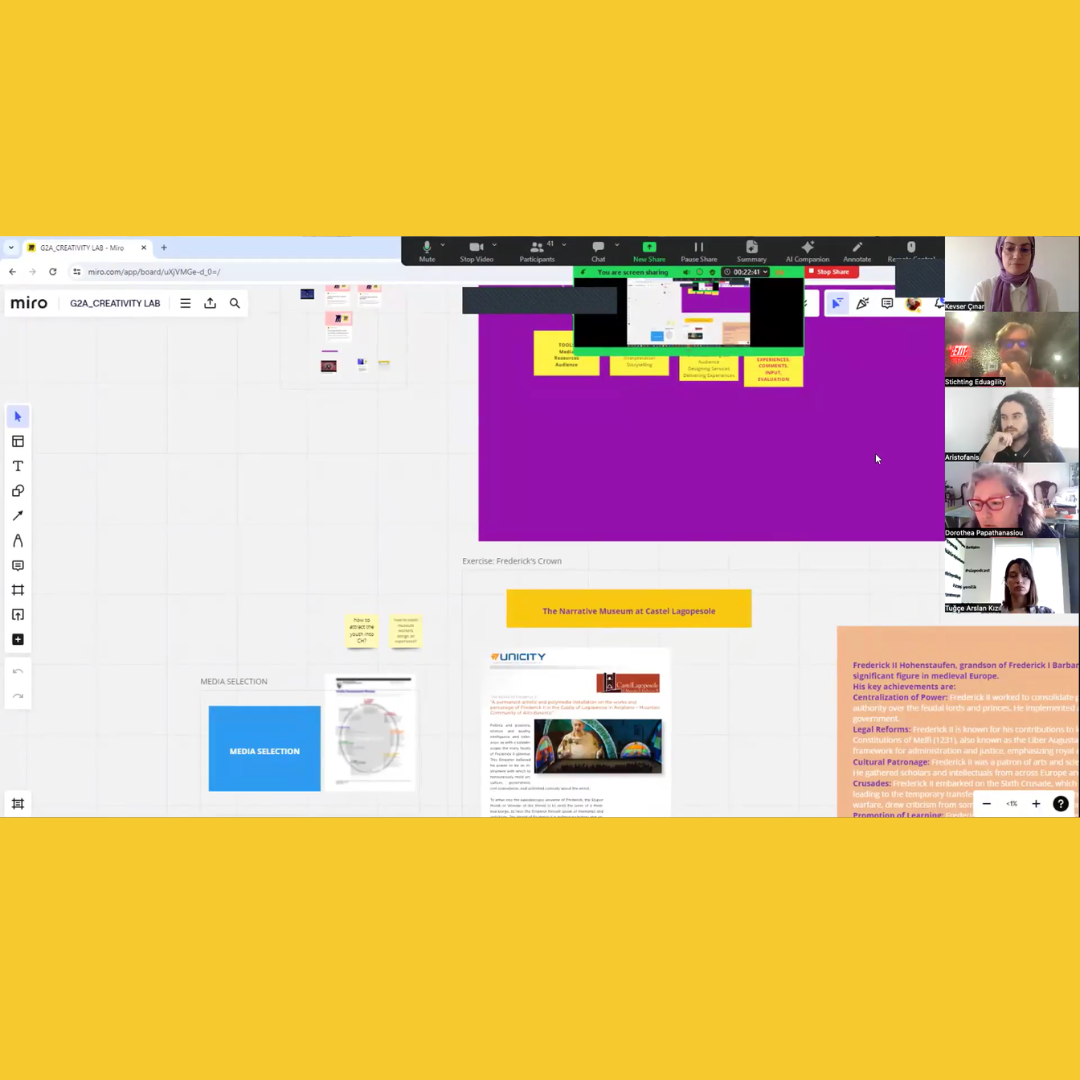
The guide to Miro Board:
PDF Formats of Miro Boards
